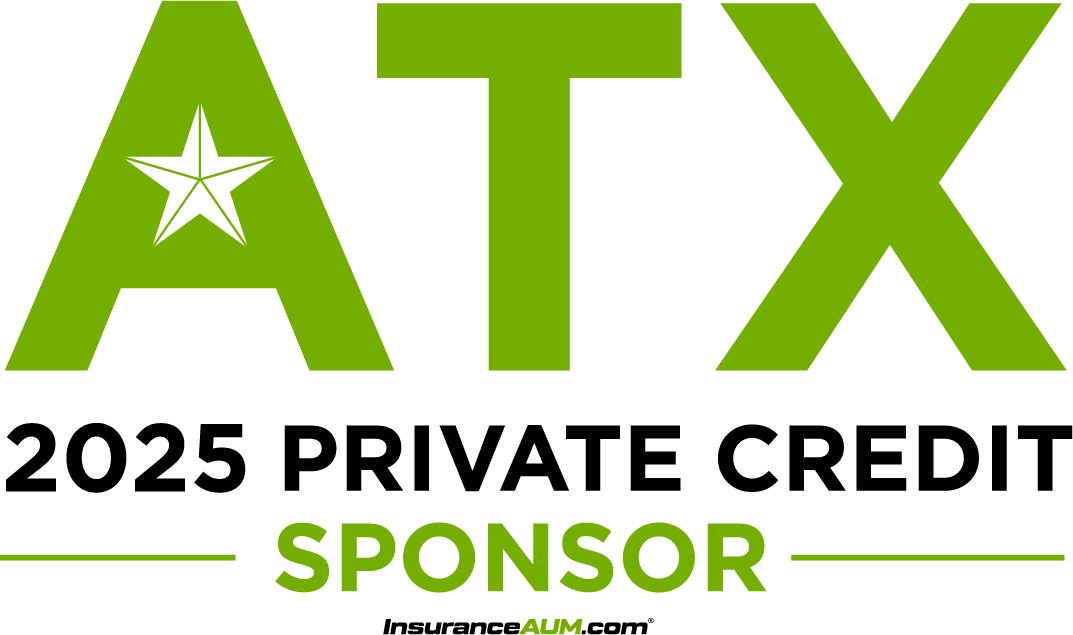HPS Investment Partners
HPS Investment Partners is a leading global investment firm that seeks to provide creative capital solutions and generate attractive risk-adjusted returns for our clients. We manage various strategies across the capital structure, including privately negotiated senior debt; privately negotiated junior capital solutions in debt, preferred and equity formats; liquid credit including syndicated leveraged loans, collateralized loan obligations andhigh yield bonds; asset-based finance and real estate. The scale and breadth of our platform offers the flexibility to invest in companies large and small, through standard or customized solutions. At our core, we share a common thread of intellectual rigor and discipline that enables us to create value for our clients, who have entrusted us with approximately $149 billion of assets under management as of December 2024.
Michael Kahn
Managing Director
michael.kahn@hpspartners.com
214-416-7494






